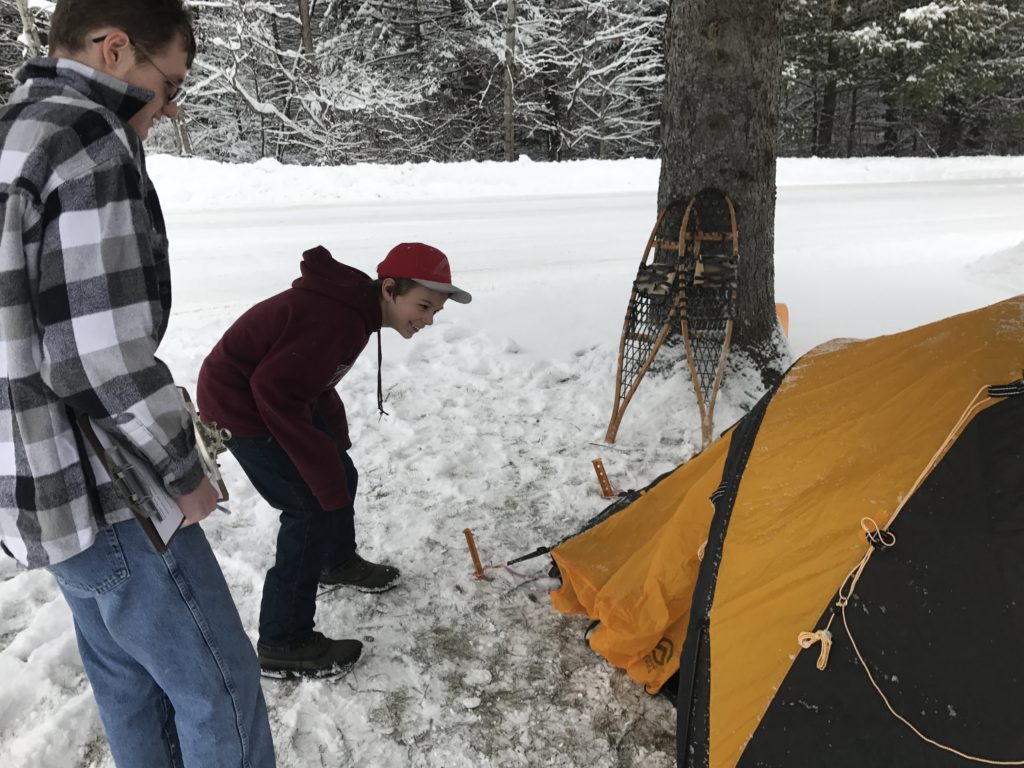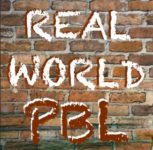Do you remember those pre-COVID days? All of the exciting plans, the face to face collaboration, the FIELD TRIPS?!
The teachers and students at Two Rivers Supervisory Union had *BIG* plans: a four-day, four school, in-person Sustainable Development Goal Academy.
Fifth and sixth-grade students from Cavendish Town Elementary, Chester-Andover Elementary, Ludlow Elementary, and Mount Holly Elementary would converge to learn more about the UN’s Global Goals. They would choose one goal of interest and join a team of scholars to dig in and learn more. And they would present their learning, and their recommendations, to local community members and organizations. BUT… you already know what happened… social distancing put the kibosh on all of the collaborative fun and learning.
Sort of.
Once TRSU teachers got their remote learning feet under them, they realized that this project didn’t have to be canceled. They could rework it for an online environment. And that could be done more easily because of the kindness and generosity of one open-source oriented teacher. Let’s give it up for Mr. Kyle Chadburn!
You see Kyle had also been doing some work with his students on the SDGs. He had developed a pretty extensive website to curate resources for his students. AND Kyle being Kyle, he made a copy for TRSU and invited them to make it their own. Blessings on all generous educators! And so they did. They added resources, adapted assessments, developed their own supporting materials, and tied it to the critical indicators defined by their district’s proficiencies.
There was only one thing missing: expert community members and field trips.
Enter the Zoom-trip? The field Zoom? Well, anyway, enter local community organizations and folks with a ton of expertise! Who are also not afraid of Zoom (or fifth and sixth-graders)!
When asked, community partners overwhelmingly said yes to engaging with TRSU students. These organizations were eager to connect with our students and share their experiences. Kelly Stettner from the Black River Action Team was more than happy to answer students’ questions about local water clean up and its importance to Goal #6: Clean Water. The Vermont Institute of Natural Science VINS was delighted to talk about Goal #15: Life on Land, and to bring along a few animal ambassadors as well.
https://twitter.com/JPhillipsVT/status/1266363744537530369
Goal #2: No Hunger was discussed by Jessie Carpenter from the Vermont Foodbank. Rutland educator Erica Wallstrom has traveled to Greenland and Antarctica as an Einstein Fellow; who better to engage students on Goal #13: Climate Action?
https://twitter.com/JPhillipsVT/status/1265643087944192000
You can see the full list of offerings here.
Students went to at least one presentation on their own goal, but some students decided to attend more. Rebekah Hamblett is a public health student at Villanova University and she presented on Gender Equality. She reported that one 6th grade boy said,
“This isn’t my goal but I feel like I should know more about this.”
It was surprisingly easy to host 15 field trips in three days.
Really, it was! Here is how it worked:
- Choose dates and times that will work for students and teachers.
- Brainstorm local organizations that do work related to the Global Goals.
- Send out email requests to community organizations with a specific ask: 1 or 2 presentations of 45 minutes or less explaining your work. We definitely shared the focus of the particular Sustainable Development Goal we had in mind but encouraged them to talk more about their work than the goal.
- Once we had confirmed guests, teachers stepped up to chaperone. Chaperones provided Zoom links, introduced the guest, served as a chat checker and observer, and thanked the guest at the end.
- Share the calendar with families and students.
- Enjoy the learning!
The result?! TRSU teachers reflected this week and they felt this unit was a big win for students. The elements they saw as most contributing to the success: student voice and choice, relevant and meaningful topics, and community engagement. You can take a look at their exhibitions of learning here.
Meanwhile, check out how Kyle Chadburn and Andrea Gratton shared the origin of their Sustainability Academy here.



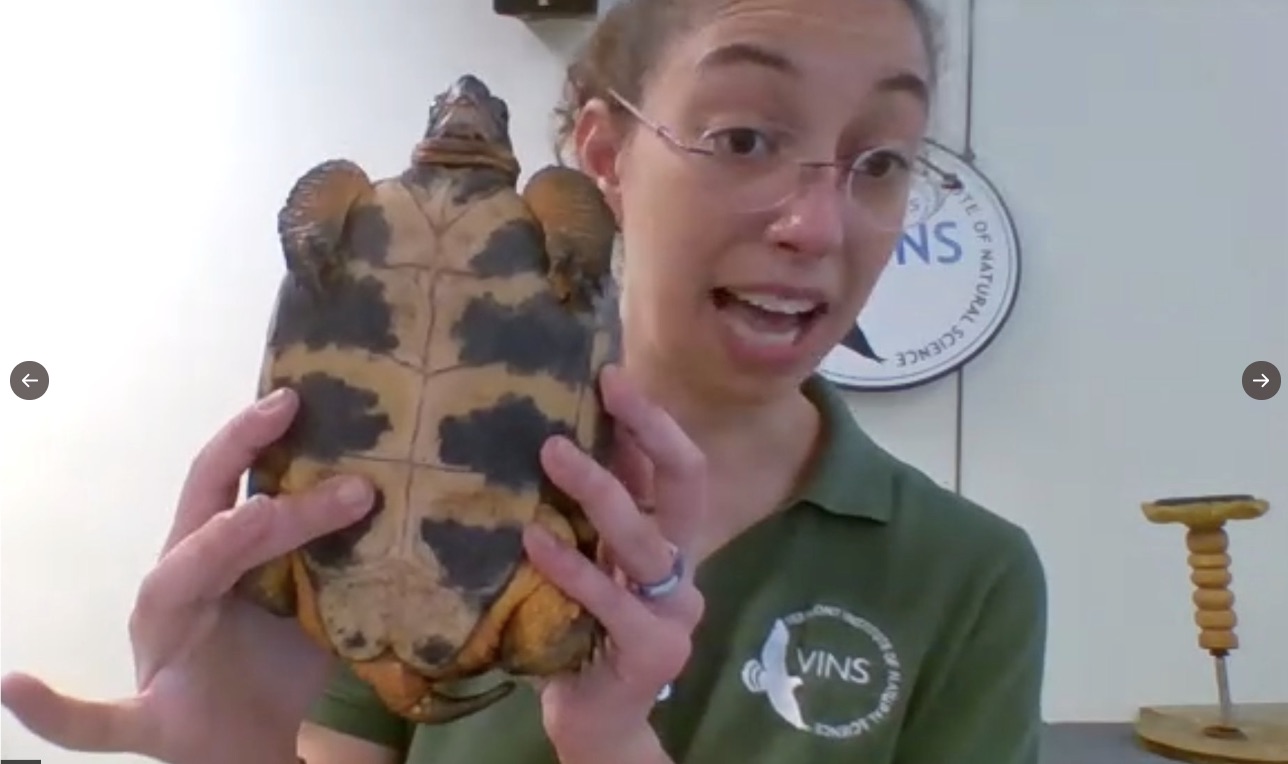

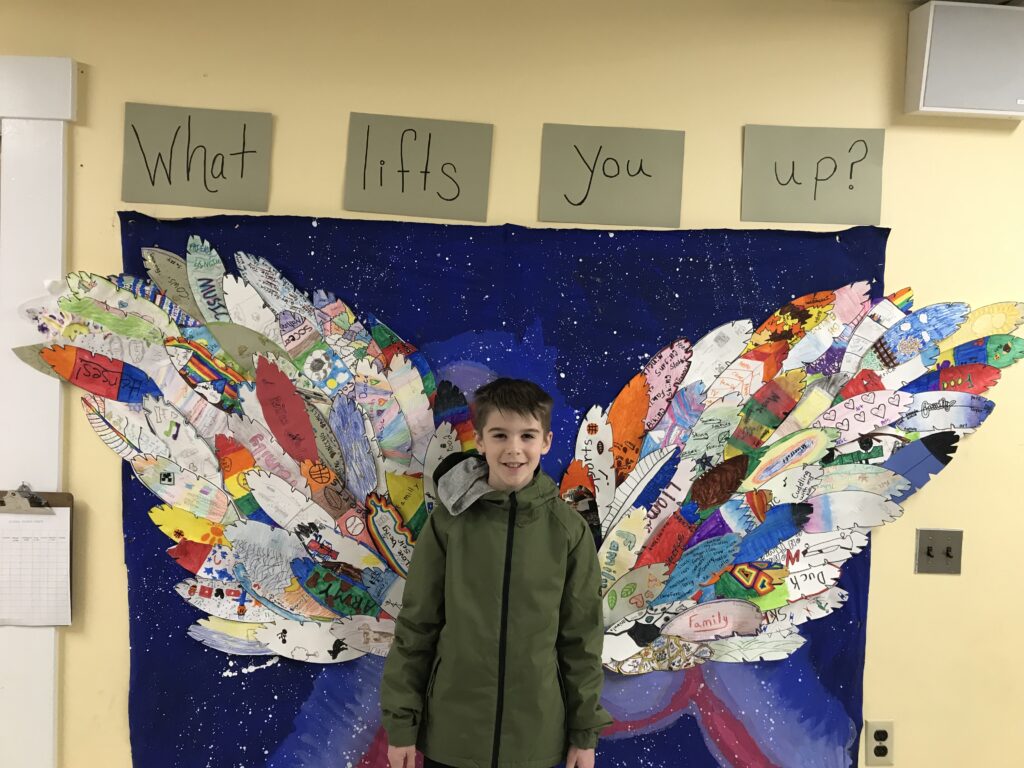

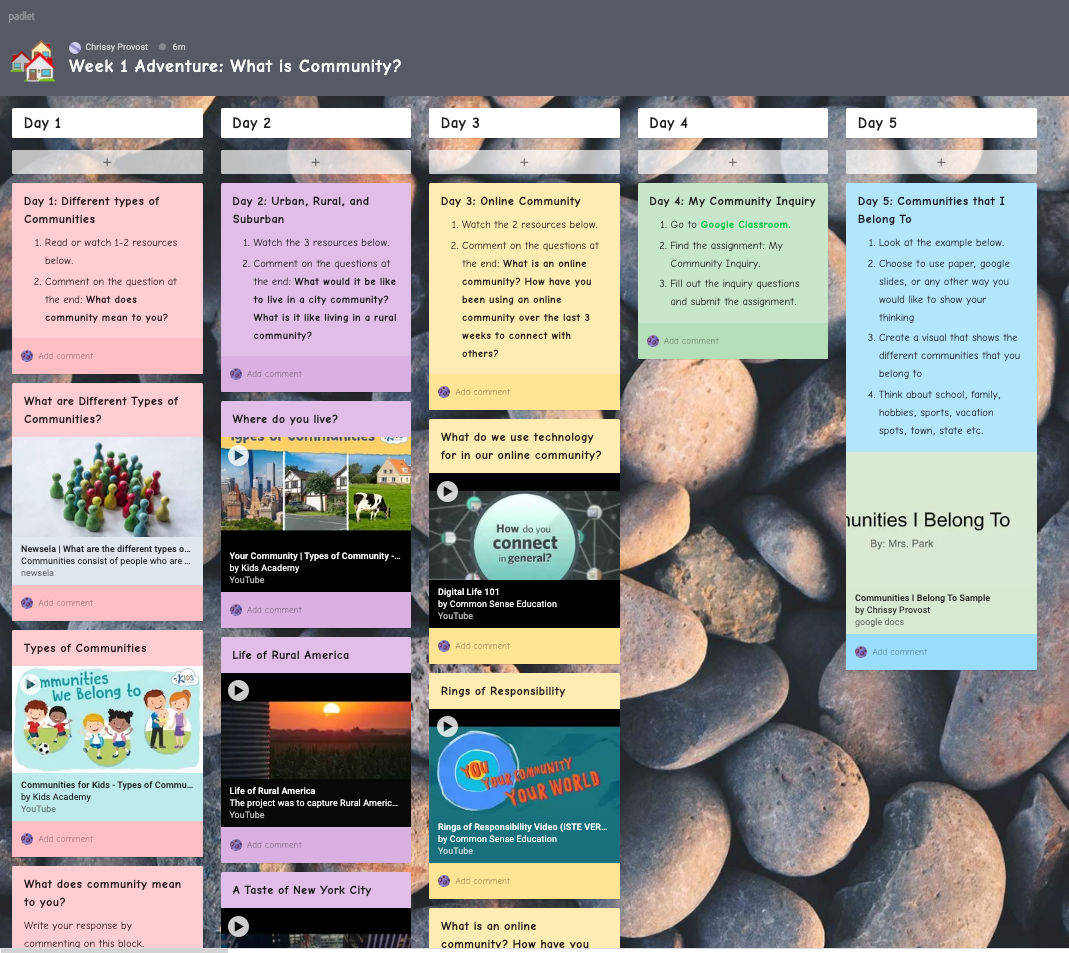
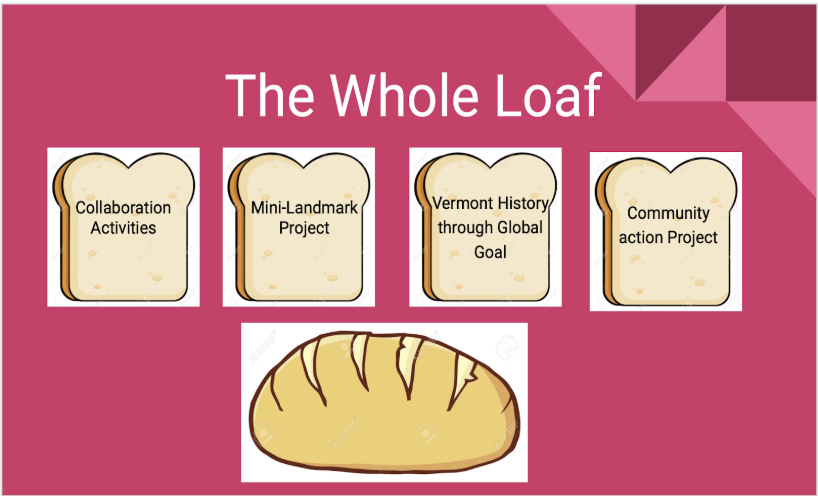
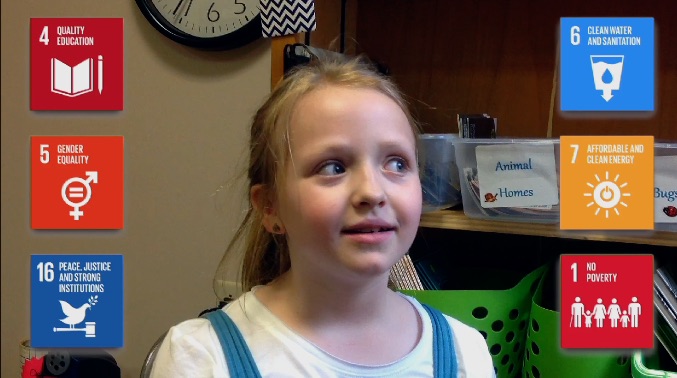

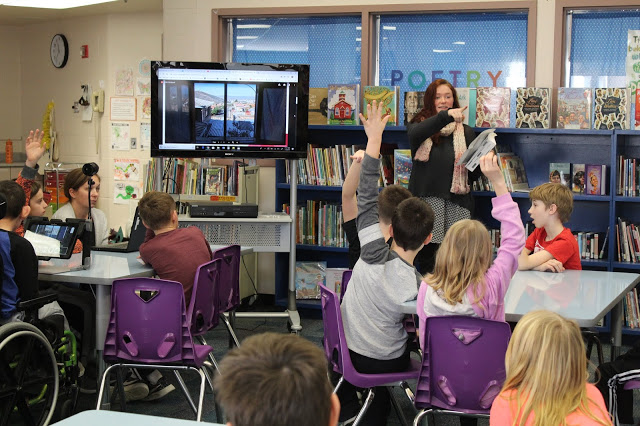
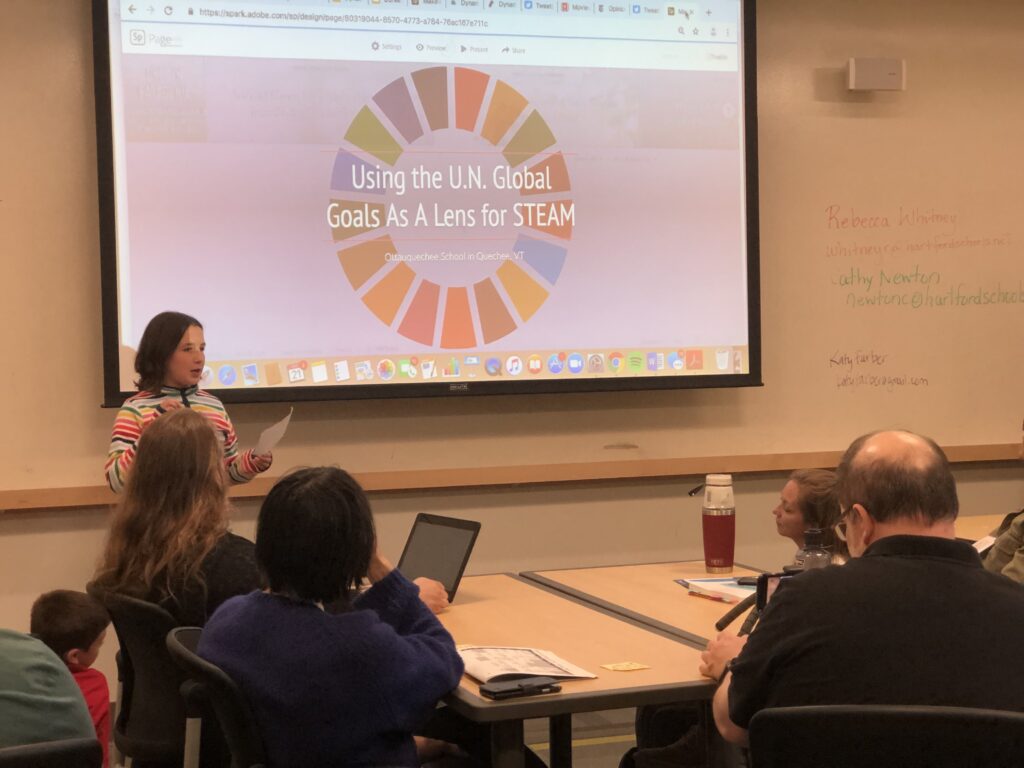
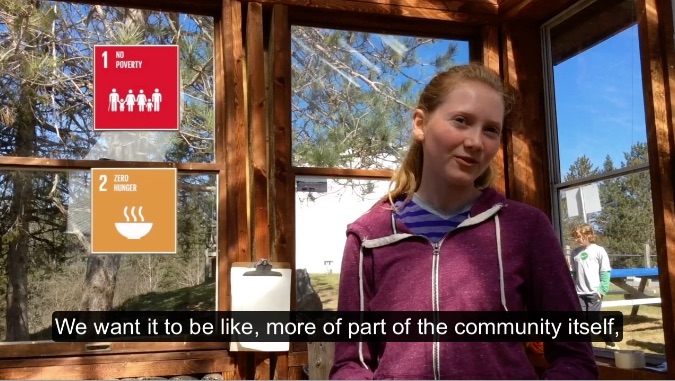

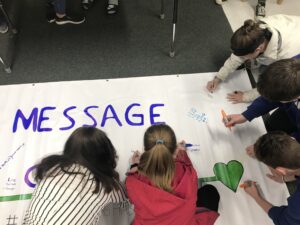
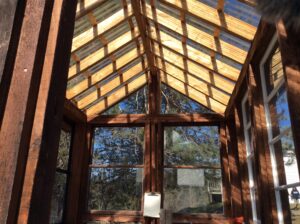
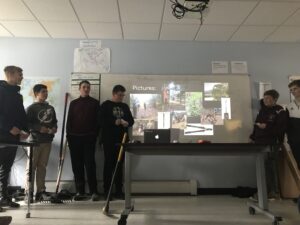
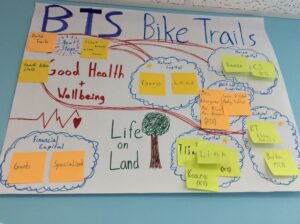
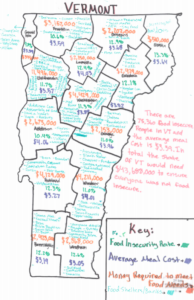
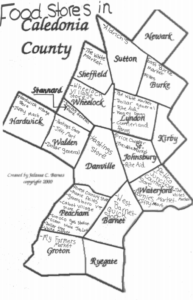
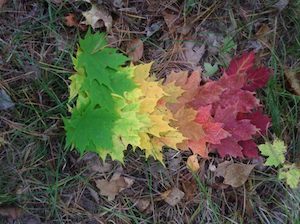
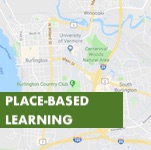 “How can we improve the systems we’re a part of?”
“How can we improve the systems we’re a part of?”

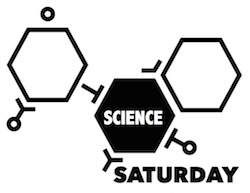 In our current study of heat transfer, our class decided to connect science concepts to the UN Sustainable Development Goals — specifically, Goal 13, which looks to combat climate change. The challenge was to model a place where students had experienced
In our current study of heat transfer, our class decided to connect science concepts to the UN Sustainable Development Goals — specifically, Goal 13, which looks to combat climate change. The challenge was to model a place where students had experienced 